Have you ever wondered what happens to gases inside a container? They don’t just float around randomly forever. Instead, they work towards a stable state called equilibrium. The type of container, or bulb, they are in plays a huge role in reaching this balance. Understanding this helps us predict how gases will behave, which is crucial in science and industry.
What is Meant by Gas Equilibrium?
Gas equilibrium is a state of balance. Imagine a reversible chemical reaction happening between gases in a bulb. At first, reactants turn into products. But soon, those products start turning back into reactants.
Equilibrium is reached when the speed of the forward reaction (reactants to products) equals the speed of the reverse reaction (products to reactants). When this happens, the overall composition of the gas mixture stops changing, even though reactions are still occurring. It’s a dynamic, not a static, balance.
This stability is what scientists aim for when studying gas behavior. A system at equilibrium is predictable and its properties, like pressure and color, remain constant over time.
Key Factors that Influence Gas Equilibrium
Several factors can disturb or influence the equilibrium of a gas mixture. Think of them as levers you can pull to change the outcome of a reaction. If you understand these factors, you can control the composition of gases inside a bulb.
The main influencers are temperature, pressure, and the concentration of the gases involved. A change in any of these can shift the balance, causing the system to favor either the reactants or the products to establish a new equilibrium.
Here are the primary factors to consider:
- Temperature: Changing the temperature adds or removes energy from the system. Increasing it often speeds up reactions and can favor the reaction that absorbs heat (endothermic).
- Pressure: This is especially important for gases. Increasing pressure will push the equilibrium towards the side of the reaction with fewer gas molecules.
- Concentration: Adding more of a reactant will push the system to create more products. Conversely, adding more product will shift it back towards the reactants.
Controlling these variables is essential for achieving a desired gas composition in any setting, from a lab experiment to a large industrial process.
Closed vs. Open Systems: Which is Better for Equilibrium?
The type of bulb or container is one of the most critical elements for reaching gas equilibrium. The main distinction is between a closed system and an open system.
A closed system bulb is sealed off from the outside world. No gas can enter or escape. This isolation is perfect for allowing the gases inside to interact without any external interference. Over time, the reactions will naturally find their balance point, leading to a stable equilibrium state.
An open system, on the other hand, allows for the exchange of gases with its surroundings. This constant fluctuation makes it nearly impossible to achieve a true, stable equilibrium. The composition inside the bulb will always be changing based on the conditions outside.
For this reason, a closed system is far more likely to have a gas composition that is close to equilibrium.
| Bulb Type | Characteristics | Likelihood of Reaching Equilibrium |
|---|---|---|
| Closed System | Isolated, fixed volume, no exchange with surroundings. | High |
| Open System | Allows free exchange of gas with the environment. | Low |
| Partially Closed System | Limited exchange, such as a container with a small leak. | Moderate |
How Temperature and Pressure Shift the Balance
Temperature and pressure are powerful tools for manipulating gas equilibrium. According to Le Chatelier’s principle, if you apply a change to a system at equilibrium, the system will adjust to counteract that change.
If a reaction produces heat (exothermic), increasing the temperature will push the equilibrium backward to favor the reactants. If a reaction absorbs heat (endothermic), a temperature increase will push it forward to create more products. This is why controlling temperature is vital in chemical manufacturing to maximize product yield.
Pressure works in a similar way but relates to the number of gas molecules. Increasing the pressure on a gas mixture at equilibrium will shift the balance to the side with fewer moles of gas. This is the system’s way of reducing the pressure. If you want to produce ammonia from nitrogen and hydrogen, for example, you would use high pressure because the product side has fewer gas molecules.
Why Understanding Gas Equilibrium Matters
The concept of gas equilibrium isn’t just for chemistry textbooks. It has significant real-world implications across various fields. In industrial settings, it is the key to making chemical manufacturing efficient and profitable.
By controlling pressure and temperature, companies can maximize the amount of product they get from a reaction, reducing waste and saving money. For example, the Haber-Bosch process for making ammonia fertilizer is a perfect application of these principles.
In environmental science, understanding gas equilibrium helps scientists predict how pollutants will behave in the atmosphere. It allows them to model air quality and understand the formation of acid rain or smog. This knowledge empowers us to create better safety protocols and develop technologies that minimize harmful emissions.
Frequently Asked Questions about Gas Equilibrium
Which type of bulb is most likely to achieve gas equilibrium?
A closed bulb is most likely to reach equilibrium because it is an isolated system. This prevents gases from entering or escaping, allowing the internal reactions to stabilize at a constant temperature and pressure.
How does temperature affect the equilibrium of gases?
Temperature changes the kinetic energy of gas molecules. Increasing temperature generally favors an endothermic (heat-absorbing) reaction, while decreasing temperature favors an exothermic (heat-releasing) reaction, thus shifting the equilibrium.
Can a catalyst change the gas composition at equilibrium?
No, a catalyst does not change the final equilibrium composition. It only increases the speed at which the forward and reverse reactions occur, helping the system reach equilibrium much faster.
What are the main factors that influence the equilibrium of gases in a bulb?
The main factors are temperature, pressure, volume, and the initial concentrations of the gases. Any change to these conditions will cause the system to shift to a new equilibrium point.
Where do we see gas equilibrium in everyday life?
Gas equilibrium is at play in many places, from the carbonation in a sealed soda bottle to the processes that control the composition of Earth’s atmosphere. It is also a fundamental principle in industrial processes that produce everything from plastics to fertilizers.

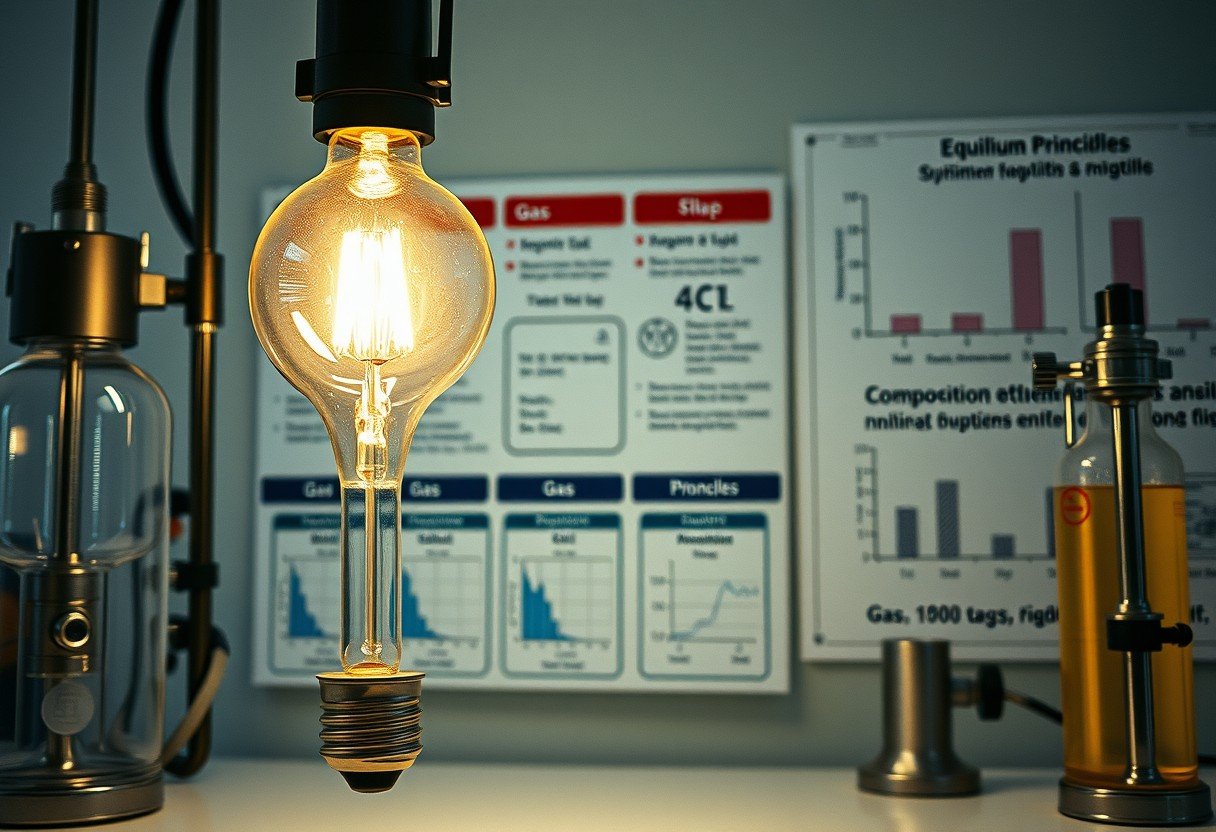


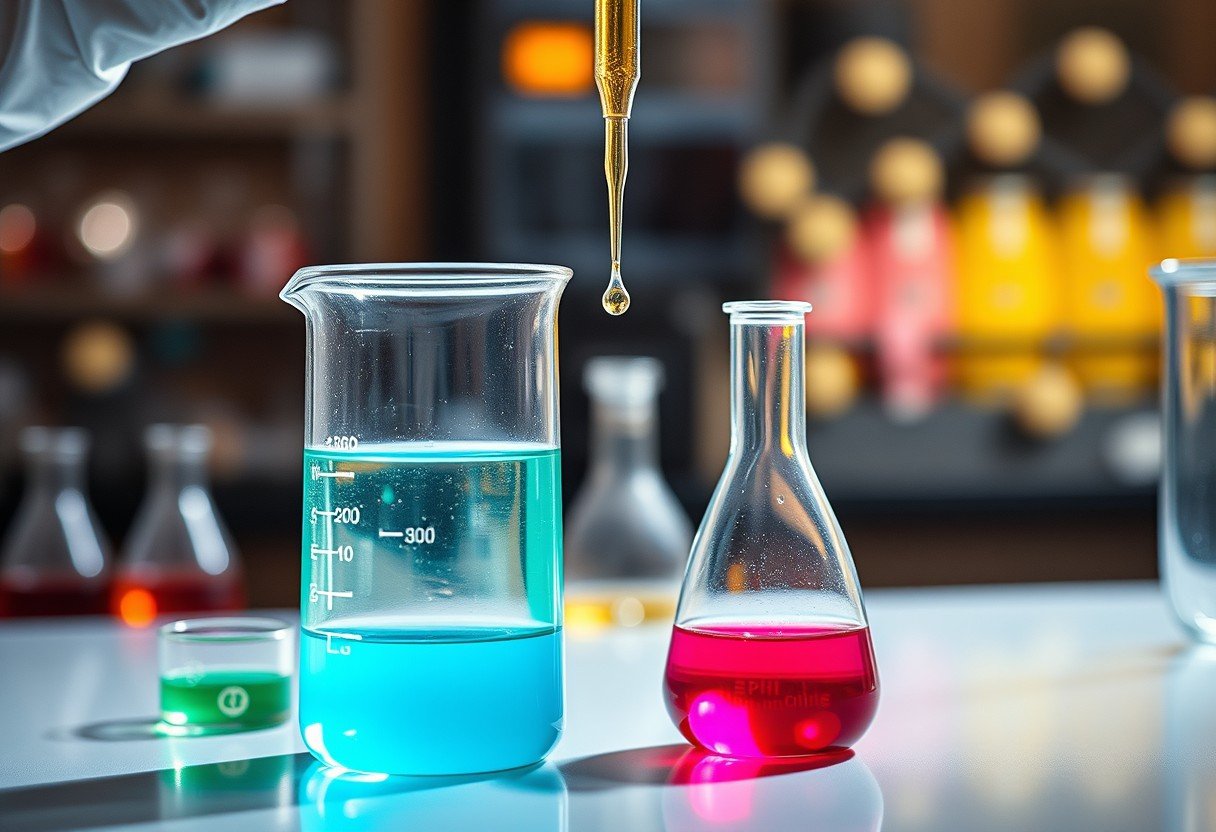
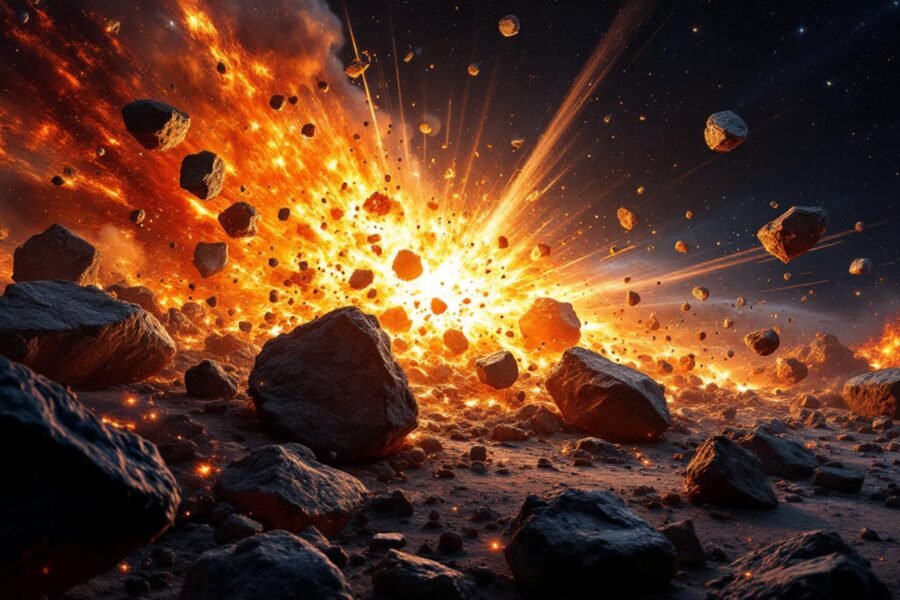
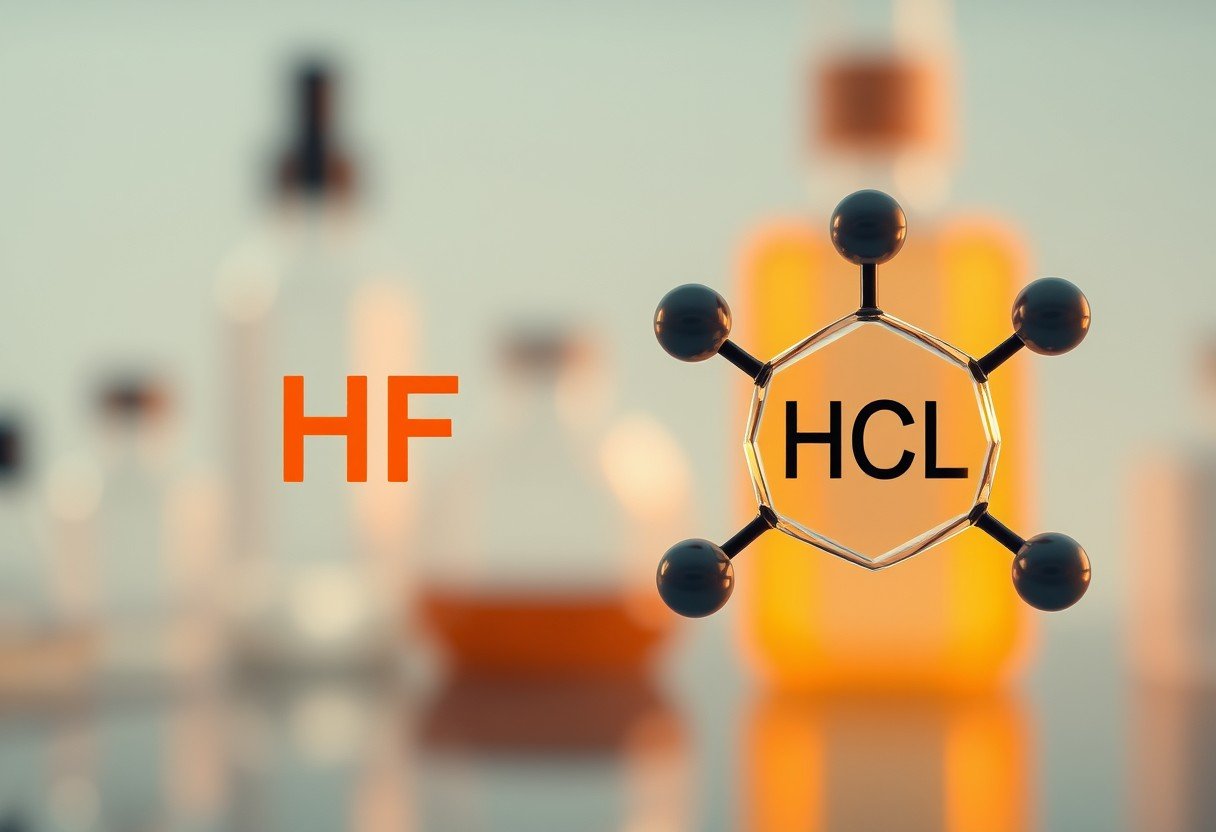
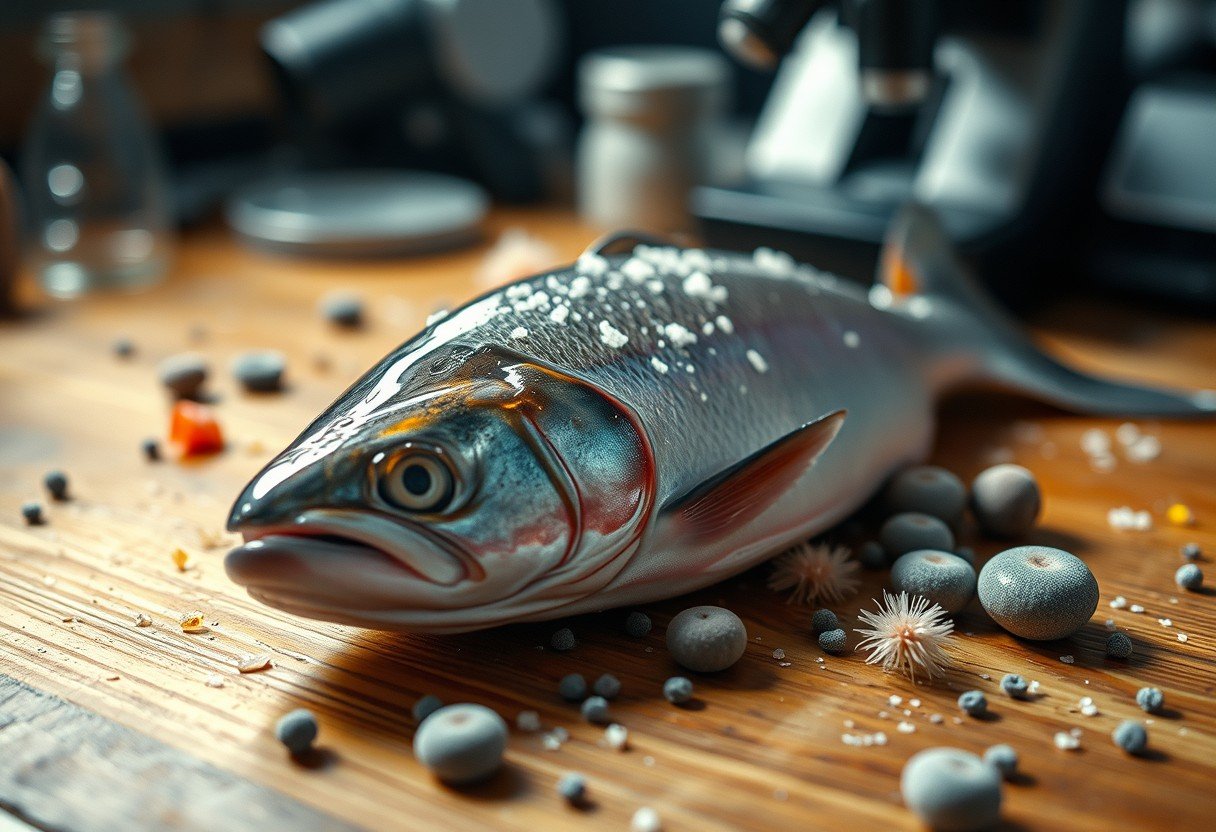

Leave a Comment